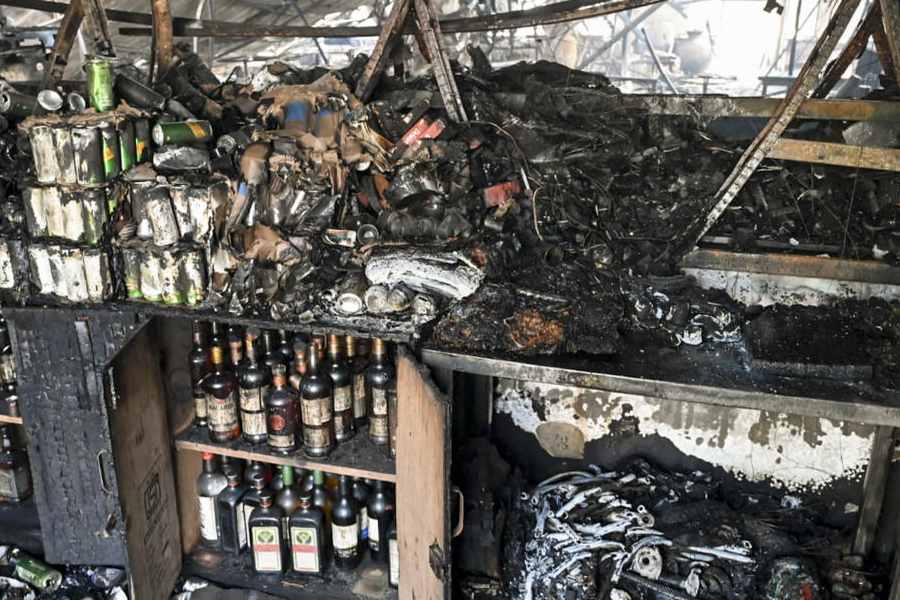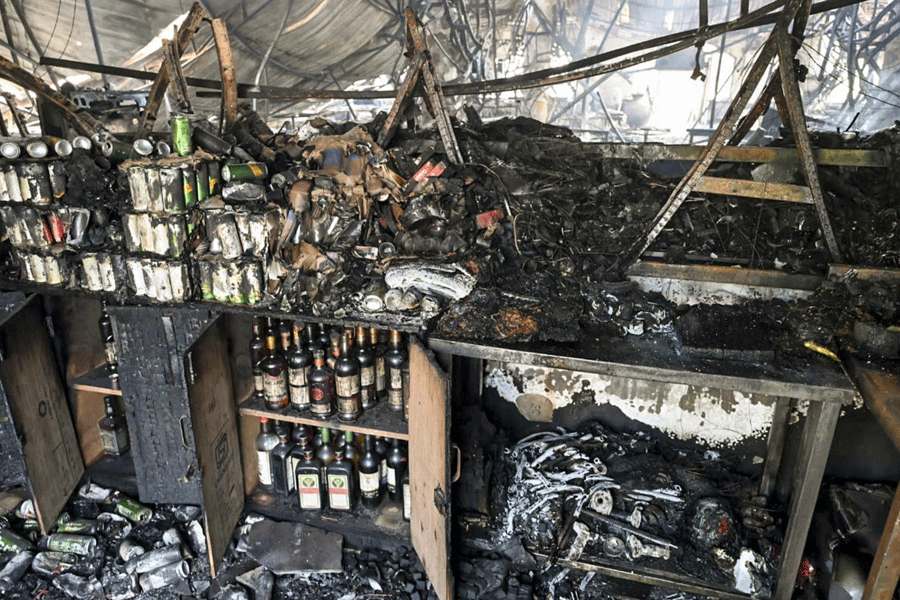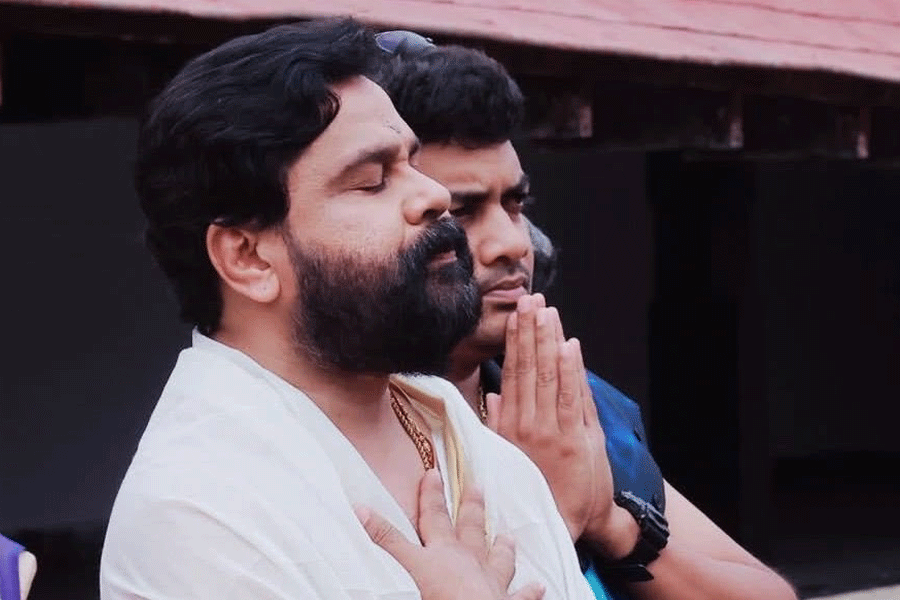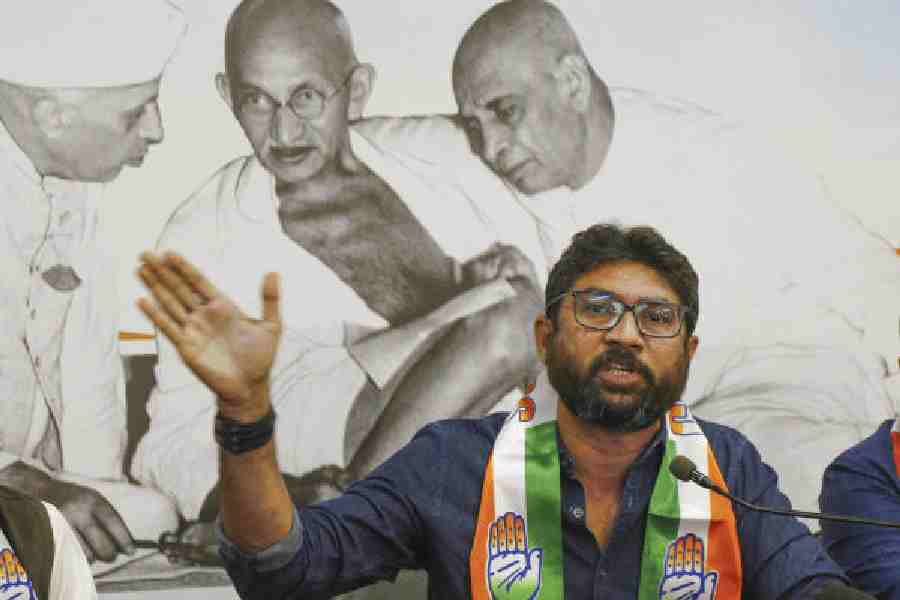
TREK TO TIGER’S NEST
Anyone who tells you this trek is easy has got to be

a) lying
b) really fit/ a regular trekker.
Luckily, there is a shortcut of sorts — a horse ride almost halfway up for a few hundred rupees — which leaves you with a little more than half the distance to trek uphill and then downhill, including 700 zigzag steps. Once you’re at Taktsang, perched on a cliff 2,000ft above Paro valley, believed to be the birthplace of Bhutanese Buddhism, take in the gorgeous view.


It would be wise to save this trek for the last day of your holiday because all you’ll want to do after it is rest those aching limbs! One way to get through it is to keep no deadlines and simply walk at a pace that you’re comfortable with. Stop midway at the cafeteria for snacks and tea.
SOAK IN A... HOT STONE BATH

One of the most traditional experiences Bhutan has to offer is the Hot Stone Bath. Most of the star hotels list it in the spa menu but if you’re looking for a local experience, try Aum Choden Homestay in Paro. Run by the daughter-and-mother duo of Choden, 49, and Bokhum, 88, the set-up is nothing fancy but it’s probably as close as you can get to the real thing.

“The stones are sourced from the Paro riverbed, from places where the river is shallow. These stones are rich in minerals. We get them by the truckload and then break them down into smaller stones, which can be easily fire-roasted,” said Choden.

The fire-roasted stones are lifted with tongs, dipped for a second in cold water and then plunged into a wooden bath. The bath is a simple wooden tub, again nothing fancy. The stones sizzle and release minerals, at the same time, heat the water. A little stir, and you can climb right in! “It is good for arthritis, headaches, joint pain and stomach problems,” said Choden. Traditionally, the Bhutanese have practised soaking in menchu (medicinal water) sourced from tshachu (hot springs).

For many years, the two ladies would tend to their fields of chilli, maize, brinjal and cauliflower. Now they not only offer a hot stone bath but also a homestay in their simple traditional home, with bamboo matting and floor beds. “Most of the business comes through my sons who are travel agents,” said Bokhum. There are around eight tubs and in peak season, around 13-14 tourists come to experience the hot stone bath every day. Many of them are Chinese or Japanese. The bath is priced around Rs 800-1,000 and you can spend as much time as you like soaked in one!
Reach them at +97577274786 or on Facebook at All Bhutan Hermitage Travel.
SHOP FOR... CORDYCEPS


Hailed as the magic medicine, Cordyceps is much in demand among Asian tourists in Bhutan. This special fungus grows in the high mountain regions (3,000-5000m above sea level) where the air is thin and only those locals accustomed to the climate can cultivate it. The fungus sprouts from the body of dead caterpillars, which makes it extremely rare. Though its medicinal properties have not been scientifically substantiated, this ‘Gold of the Himalayas’ promises to treat everything from impotence to ageing. Going for around Rs 250 a piece, it should better!
SPIN PRAYER WHEELS AT... KYICHU MONASTERY AND DUMTSE LHAKHANG


Most guides will take you to the more popular Kyichu Monastery dating back to the seventh century. But we found Dumtse Lhakhang more fascinating. This unusual chorten-like temple built in the 15th century has three floors representing hell, earth and heaven. Carry a torch or use the light from your cellphone to guide your way up and down steep ladders in its dark interiors.
VISIT THE... NATIONAL MUSEUM


The National Museum interprets history and culture of Bhutan through its 3,000-plus works of Bhutanese art and exhibits. It was once a watchtower, built in 1649 by the first governor of Paro Valley and was converted into a museum in 1968 at the behest of the third king, Jigme Dorji Wangchuck. Inside the conch-shaped museum, say hello to Namgyalma, the goddess of victory associated with long life, gape at the many Masks of the Drum Dance and study the brushstrokes in the thangka (Tibetan Buddhist painting) gallery. Remember, cameras and bags are not allowed inside!
Visiting hours:Tuesday-Saturday, 9am-5pm.
DINE AT... MY KIND OF PLACE

This modern bistro is located in the heart of town and was recommended by most friends who’d visited Paro in the recent past. Some of the specials at My Kind Of Place are set meals like (in picture) Indonesian Beef Rendang served with rice and veggies, and the Hoentay dumplings, which are quite like momos except the wrapping is of buckwheat flour dough.
EAT EVERYTHING WITH... EZAY

This chilli sauce is somewhat of a craze with locals having grown up on it. You might even hear about it on the radio — like we did — when driving down Paro valley’s long roads. Ezay adds spice to any rice-based dish and it has that fiery minty aftertaste that comes from the locally-grown thingay, or what we know as Szechuan peppercorn. “We have ezay with breakfast. And even with ema datshi,” said my Bhutanese companion. That’s like having chilli (ema) with chilli (ezay)!
Text and pictures: Karo Christine Kumar










